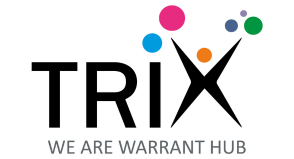How to discover new business opportunities and how to decide which ones are worth pursuing has become today an increasingly common and crucial question for the survival of many start-ups and companies that now have an established technology in a saturated market. The academic world has long sought ways to support these activities in a systematic way, even though there is no reference methodology yet. In reality, there is even a lack of convergence in how to appeal to this activity, which appears under different names such as outward technology transfer, discovery of white space/technology/business opportunities. The only thing that the vast majority of searches have in common is that they all use patent databases as a source of inspiration to search for new fields of application. In line with it, this paper suggests a novel patent based approach for automatize the extraction of a list of alternative technological opportunities/products. It is based on a function-based approach embedded with syntactic parsers and other natural language processing applications (NLP). They were also used to assess the different opportunities and suggest which have the greatest potential for success in the market. More specifically, specific semantic patterns have been developed to control a dependent semantic parser. Thanks to this tool we can automatically analyses the content of a huge corpus of documents training the system to recognize many technological features. This paper shows mechanisms for extracting all functions provided by a given technology, the list of products that potentially can exploit such technology and a list of requirements with which to compare products that differ in the technology used. As a result, a quantitative transfer potential index for measuring how many possibilities a given technology has of replacing an existing one is presented. Unlike many similar approaches applied to stimuli design, the method arrives at precisely suggesting the final product into which to transfer the technology and not merely suggesting a functionally related area or compatible patent class. In addition, the assessment of the replacement index is not based on distance criteria compared to the focal technology with a general purpose method, but on the contrary the judgement criteria change according to the application context. The automatic search for evaluation criteria from the specific patent content is an integral part of the method and helps to limit subjectivity in evaluations by experts in the field. However, the goodness of the results obtained is proportional to the level of knowledge of the user who interfaces to the system. Moreover, it can be universally applied to any technological context. An investigation of new application fields of heating fabrics made of carbon fiber technology is presented as exemplary case.
